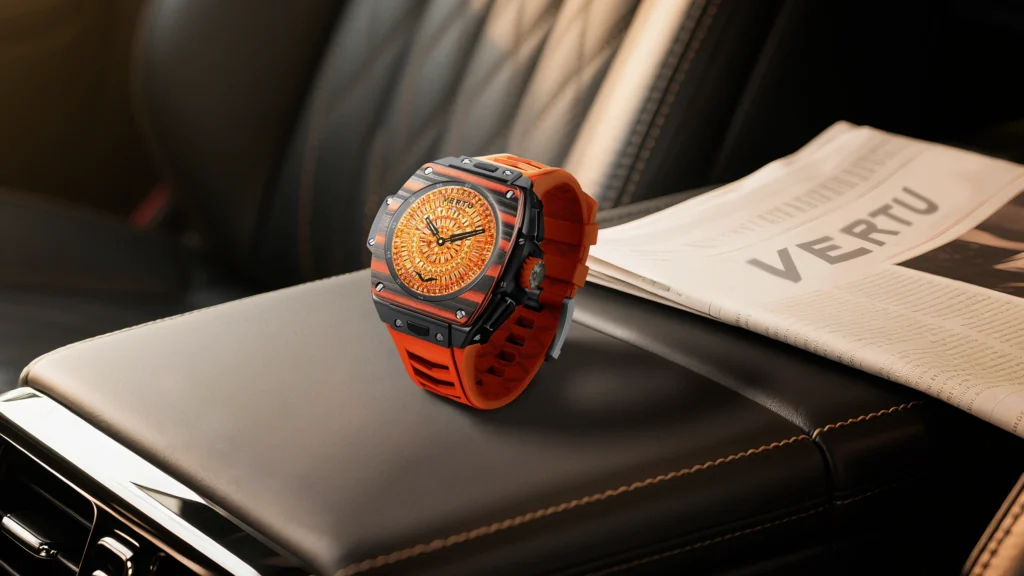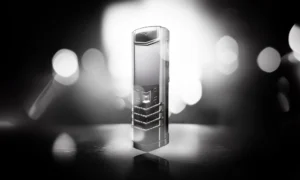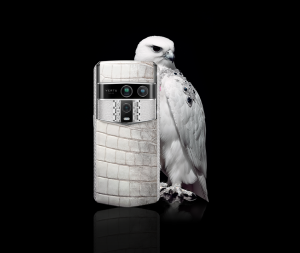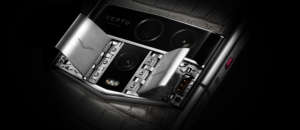In today's rapidly evolving digital health landscape, wireless wearable sensors have become an indispensable topic for professionals in healthcare, research, and technology. Whether you're a clinical researcher, a healthcare provider, or a tech enthusiast, understanding the nuances of these sensors will provide invaluable insights. This guide explores the key differences between specialized clinical devices and the advanced consumer technology that is reshaping personal and professional health monitoring.
What Are Wireless Wearable Sensors?
Wireless wearable sensors are electronic devices worn on the body to collect, analyze, and transmit health and activity data. These minimally invasive tools provide a continuous stream of information, offering a more complete picture of a person's health than traditional snapshots taken during office visits. They work by using a variety of sensors—such as accelerometers for motion, and light sensors for environmental data—to capture physiological signals, which are then sent wirelessly to a smartphone or a data hub for analysis.
Core Concepts: Single-Purpose vs. Multimodal Sensing
The world of wearable sensors can be broadly divided into two categories, perfectly illustrated by comparing a clinical-grade device like an Actiwatch to a modern consumer smartwatch.
-
Single-Purpose Sensors (e.g., Actiwatch): These devices are designed to do one job exceptionally well. An Actiwatch, a small, wristwatch-like device, is considered a gold standard in clinical settings for actigraphy—the non-invasive assessment of rest and activity cycles over several days or weeks. It primarily uses an accelerometer to measure movement and a light sensor to record ambient light exposure, providing crucial, objective data on sleep-wake patterns for diagnosing sleep disorders.
-
Multimodal Sensors (e.g., Smartwatches): These are the next evolution in wearable technology, integrating multiple types of sensors into a single device to provide a comprehensive view of health. A device like an Apple Watch or Oura Ring combines an accelerometer with sensors for heart rate (PPG), blood oxygen, and skin temperature. This fusion of data allows for richer insights, connecting activity levels with physiological responses.
The Showdown: ActiWatch vs. Multimodal Wearables in 2025
While both types of devices have their place, their applications, strengths, and weaknesses differ significantly.
Philips Actiwatch Spectrum Plus
As a clinical-grade device, the Actiwatch is designed for scientific and medical use. It excels at collecting objective, long-term data on sleep/wake patterns and is often used in research and to complement a polysomnogram (a clinical sleep study).
-
Pros: Highly validated for sleep and circadian rhythm research; provides objective data that is more reliable than subjective sleep diaries; designed for long-term, continuous monitoring over weeks or months.
-
Cons: Primarily measures motion and light, offering limited context on why a person is awake or active; it is a specialized medical device and not typically available for direct consumer purchase.
-
Specifics: The Actiwatch Spectrum Plus can record multiple channels of data, including red, green, and blue light wavelengths, and has an “off-wrist” indicator to ensure data compliance.
Consumer Multimodal Devices (Apple Watch, Oura Ring, WHOOP)
These devices are designed for the mass market and focus on holistic wellness, fitness, and proactive health monitoring. By 2025, the integration of AI-powered analysis has made these devices more powerful than ever, capable of detecting irregularities like sleep apnea or atrial fibrillation.
-
Pros: Offer a wide range of metrics (heart rate, HRV, SpO2, sleep stages, temperature) providing a more complete health picture; user-friendly interfaces and real-time feedback empower users to manage their own health; seamless integration with smartphones and health ecosystems.
-
Cons: While increasingly accurate, not all sensors may meet the rigorous standards required for clinical diagnosis without specific regulatory clearance; data can sometimes be overwhelming or misinterpreted without professional guidance.
-
Specifics: The market is trending towards discreet form factors like smart rings and smart patches, alongside advanced smartwatches.
Comparison Table: ActiWatch vs. Multimodal Sensors
| Feature | ActiWatch (e.g., Philips Spectrum Plus) | Multimodal Wearable (e.g., Apple Watch, Oura) |
| Primary Use Case | Clinical trials, sleep disorder diagnosis, circadian rhythm research. | Consumer wellness, fitness tracking, proactive health monitoring. |
| Key Sensors | Accelerometer, advanced light sensors (photopic, RGB). | Accelerometer, PPG (heart rate), ECG, SpO2, skin temperature. |
| Primary Data Output | Objective sleep/wake patterns, activity levels, light exposure. | Sleep stages, heart rate variability (HRV), blood oxygen, stress levels, activity metrics. |
| Data Context | Low context (knows if you're moving, not necessarily why). | High context (correlates high heart rate with activity, identifies stress vs. exercise). |
| Validation | Clinically validated for actigraphy. | Varies by brand and sensor; some features have FDA or equivalent clearance. |
| Accessibility | Primarily for medical/research professionals; requires a prescription. | Widely available to consumers. |
Conclusion: The Right Tool for the Right Job
The evolution of wireless wearable sensors showcases a move from specialized, single-function devices to powerful, multi-functional health companions. While the Actiwatch remains an essential tool for clinical research due to its precision and validation in actigraphy, multimodal sensors are democratizing health monitoring. They empower everyday users with a wealth of personalized data, driving a proactive approach to wellness. Mastering the knowledge of both will help you achieve better results, whether in a clinical setting or in personal health endeavors.
Frequently Asked Questions (FAQ)
1. Is a consumer smartwatch as accurate as a clinical Actiwatch for sleep studies?
For the specific task of determining sleep-wake patterns (actigraphy), a clinical device like an Actiwatch is considered the validated standard. However, high-end consumer wearables are becoming increasingly accurate and offer additional data like sleep staging (REM, Deep), which actigraphy alone does not provide.
2. What is the biggest challenge with multimodal sensor data?
The primary challenge is data fusion and interpretation. Effectively combining data from different sensors (like motion, heart rate, and temperature) requires sophisticated algorithms to generate meaningful and accurate health insights while avoiding interference or “crosstalk” between signals.
3. Can data from a multimodal wearable be used for a medical diagnosis?
While some features on consumer wearables have received regulatory clearance (e.g., ECG for atrial fibrillation detection), the data is generally intended to inform and empower users to seek professional medical advice. These devices are powerful monitoring tools but do not replace a formal diagnosis from a healthcare provider.
Recommended For:
-
Clinical Researchers & Sleep Specialists: An Actiwatch or a comparable medical-grade actigraphy device is essential for validated, objective sleep and circadian rhythm data.
-
Healthcare Providers (for Remote Patient Monitoring): Clinically validated multimodal sensors that track vital signs like heart rate, ECG, and blood oxygen are increasingly valuable.
-
Fitness Enthusiasts & Biohackers: High-end consumer devices like the WHOOP strap or Garmin smartwatches offer detailed performance and recovery metrics.
-
Everyday Health-Conscious Consumers: User-friendly devices like the Apple Watch, Samsung Galaxy Watch, or Oura Ring provide excellent all-around health and wellness tracking.









